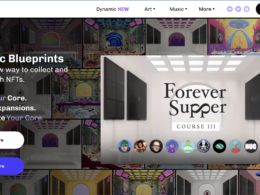Want to see a quick video that summarizes this article? Click here.
The Rise of NFTs
Who would’ve thought that digital items could become such a big deal? NFTs have taken the world by storm, and it’s worth exploring how they came to be. NFTs started gaining attention a few years back but have really skyrocketed in popularity recently. Though the market has cooled a bit, they remain popular with artists and brands alike.
The growth of NFTs can be traced back to the development of blockchain technology. As blockchain evolved and gained traction, people started realizing its potential for digital ownership. And thus, NFTs were born. These unique digital assets became a way for creators to prove their ownership and for collectors to have something truly one-of-a-kind in their virtual collections.
NFT marketplaces have played a significant role in driving the rise of NFTs. Platforms like OpenSea, Rarible, and SuperRare have made it easier for artists and collectors to connect and trade digital art and collectibles. These marketplaces have become the go-to spots for artists to showcase their work and for enthusiasts to discover new treasures.
Significance of NFTs
NFTs have brought a fresh perspective to the concept of ownership. You know how you can own a physical item, like a rare baseball card or a limited-edition sneaker? Well, NFTs allow you to own unique digital assets in the same way. It’s like having a virtual deed of authenticity that proves your ownership and sets your NFT apart from all the copies out there.
NFTs offer advantages like transparency and security. The blockchain acts as a digital ledger that records and verifies transactions, ensuring the authenticity and provenance of each NFT. It’s like having a digital guardian angel watching over your precious digital possessions.
NFTs have made a significant impact on the world of art collecting. They’ve opened up new possibilities for artists, allowing them to reach a global audience without traditional gatekeepers. Artists can create and sell their digital masterpieces directly to collectors, bypassing the middlemen. This has democratized the art world, giving emerging artists a chance to shine and established artists new avenues for monetization.

Impact on Art Collecting
Today, we’re witnessing a whole new chapter in the history of art. NFTs have revolutionized the way we perceive and collect art. Today, artists are exploring innovative mediums and formats that challenge the traditional notions of art. They are working with code and data to express larger themes and ideas. These digital assets have become a canvas for digital artists to showcase their creativity, blurring the lines between traditional and digital art forms.
Art ownership has now taken on a whole new dimension. In the past, owning a piece of art meant having a physical object to display. But now, NFTs have changed the game. You can own digital art that exists purely in the virtual world. Collectors can now having an art gallery that is accessible from their computer or smartphone.
NFTs have also transformed the way artists monetize their creations. Smart contracts embedded in NFTs allow artists to earn royalties with each subsequent sale. This means that artists can continue to benefit from the increasing value of their work even after the initial sale. It’s a game-changer for artists, providing them with ongoing financial support and recognition for their talent.
The rise of NFTs, the significance of unique ownership, and the impact on art collecting are reshaping the creative landscape. It’s an exciting time for artists, collectors, and enthusiasts to begin their journey with NFTs!













